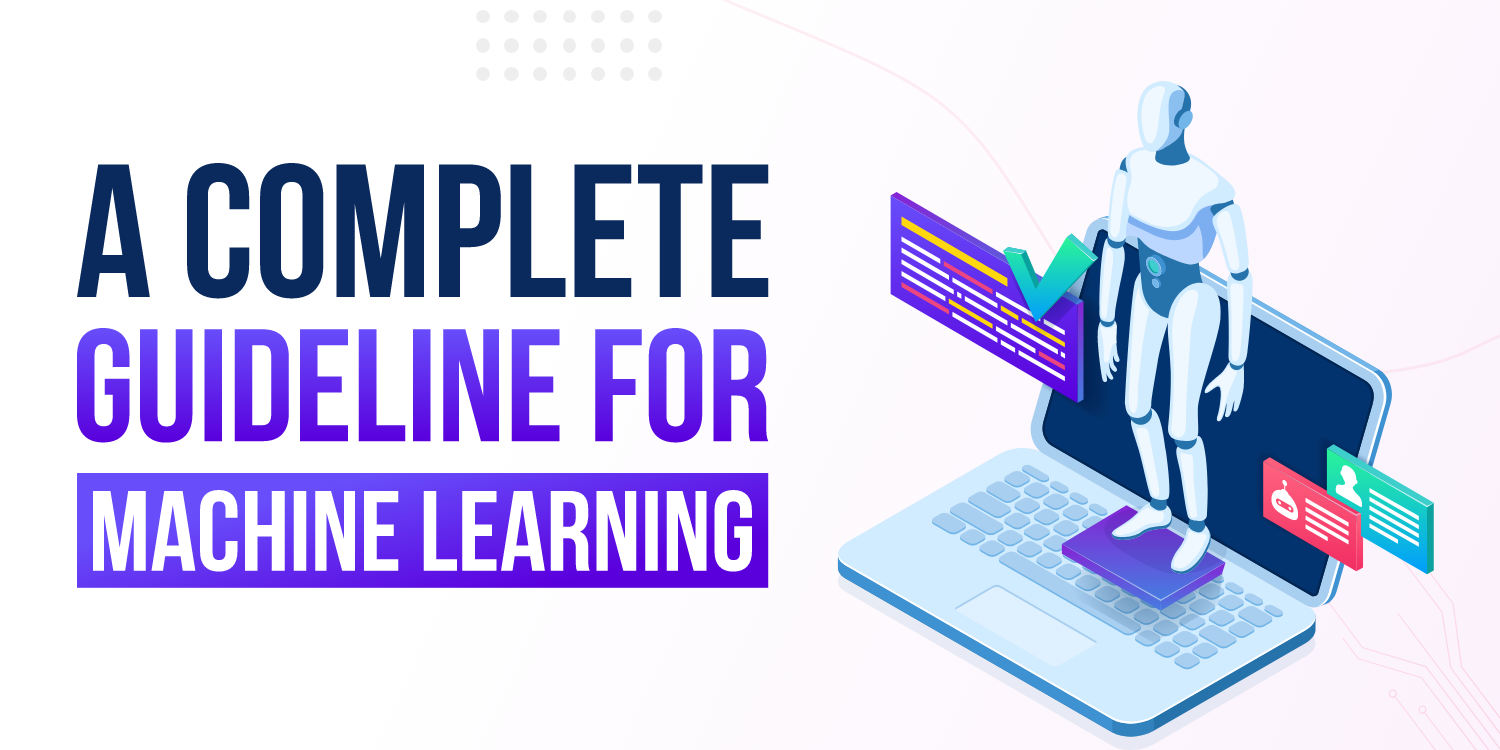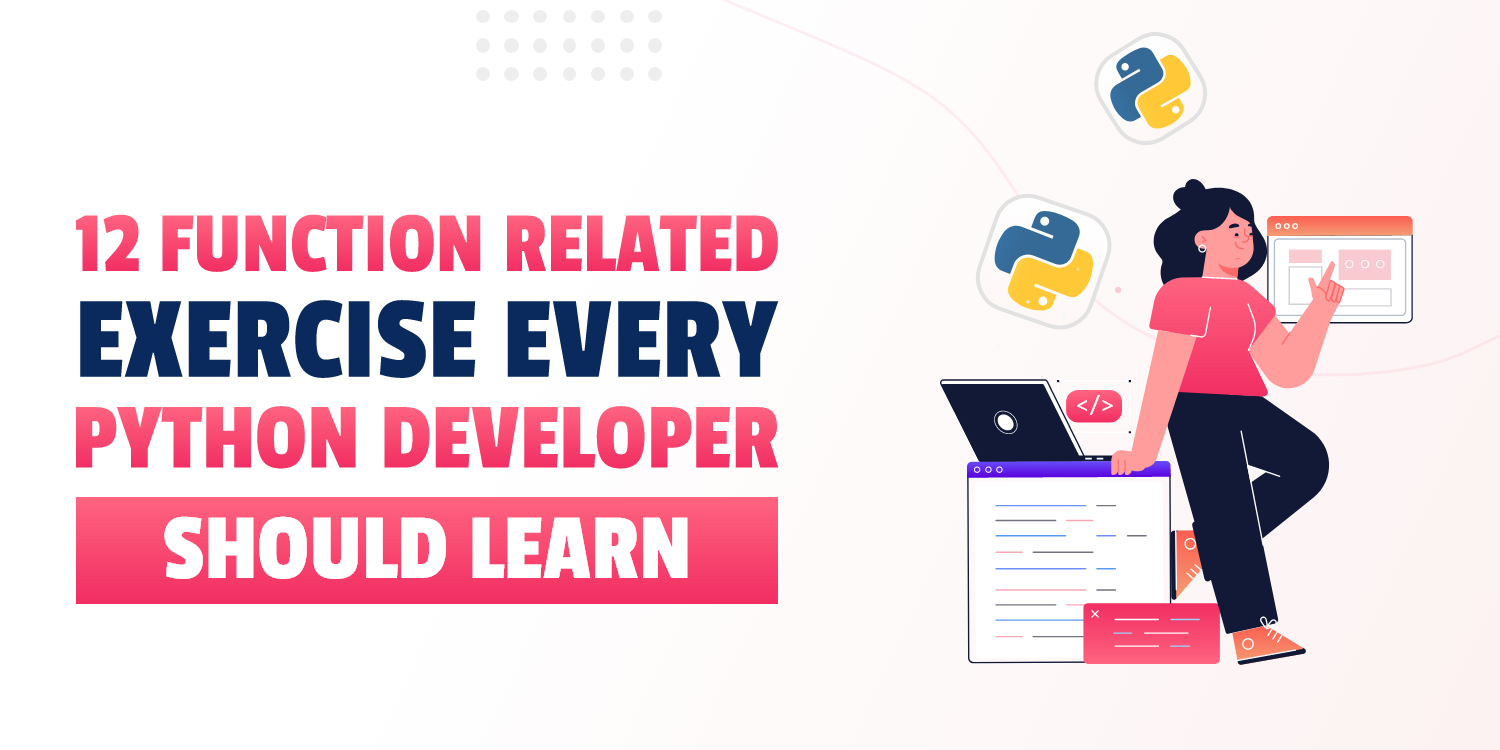A Complete Guideline For Machine Learning
It is 2020 and it’s all about technology these days. You knowingly or unknowingly use machine learning in your day-to-day life. Let me give you some examples, Google spam filter, Netflix recommendation system, Facebook face recognition, weather forecast, and much more. All of these are Machine Learning. It has become one of the hottest industries and has become like a trend for beginners. Want to make a career in ML? Here is a complete guideline to master Machine Learning.

Step 1: Learn Python
Want to start with machine learning? There is no skipping Python! Yes, there are many other languages that are used for ML but Python is one of the top choices. Python provides a lot of libraries for various concepts such as data analysis, data visualization, machine learning, and much more. Also, Python makes it easy for a beginner to get comfortable in Python. Want to learn Python? Try out our application, Programming Hero to learn python in a fun way.
Step 2: Math is important
There are many controversies on this topic, whether you should know Math or not in order
to learn machine learning. The answer is, You don’t need to be a master in Math. But you
should know basic math so that you can understand the internal working of machine
learning algorithms.
Learn math concepts like Linear algebra, Calculus, Statistics, and Probability. Machine
learning is all about data and data processing, thus these math concepts become very
important.
Step 3: Get Hands-On Data Science Libraries in Python
As I have been saying, It’s all about data. Thus, you will need some libraries to process data, analyze data, and much more. Learn Python libraries like Numpy, Pandas, Matpltlib, etc. Since these will be used a lot in your ML projects. Having a really good knowledge of these libraries will be really beneficial.
Step 4: It’s Time for ML
After all the above concepts, it will be the correct time to start with Machine learning algorithms. People out there say you can directly start writing some code in Python for ML. But can we write a paragraph without learning alphabets and words? Of course not! Thus I would suggest learning the theoretical and logical parts of the ML algorithms and then moving towards the practical implementation.
Step 5: Get Hands-On ML Libraries in Python
Python is known for its libraries and it does the same work in the field of ML as well. Python provides tons of libraries that can be used for machine learning like, scipy, scikit-learn, and much more. With these, you can create your own machine learning models and get good practical exposure.
Step 6: Create Projects
Rather it is any field, projects are something that you should do. Especially, ML is a kind of field that unless you create projects and implement what you know, you won’t get much confidence. Thus working on projects is something that will make your concepts much clearer and enhance your skill sets. And after all, you will need something to show in your portfolio as well. Right?
Step 7: Learn Computer Vision
Image processing and Video processing are some of the important subfields of machine learning. Python provides many libraries for this, but OpenCV is one of the most powerful libraries for computer vision. It’s not just about learning it, but computer vision is fun to learn and implement.
Step 8: A Step Ahead - Deep Learning
The next step from here is to start with Deep Learning which is a Machine Learning subfield. Python provides libraries like TensorFlow, PyTorch, etc for deep learning that you should surely try. TensorFlow is the core open-source library to help you develop and train ML models. TensorFlow is an end-to-end open-source platform for machine learning. It has a comprehensive, flexible ecosystem of tools, libraries, and community resources that lets researchers push the state-of-the-art in ML, and developers easily build and deploy ML-powered applications.
Machine learning is a big picture. And to master it, it takes time! It’s all about the time and hard work you are ready to dedicate. What do you think? At which step are you on? Let me know below in the comments.



